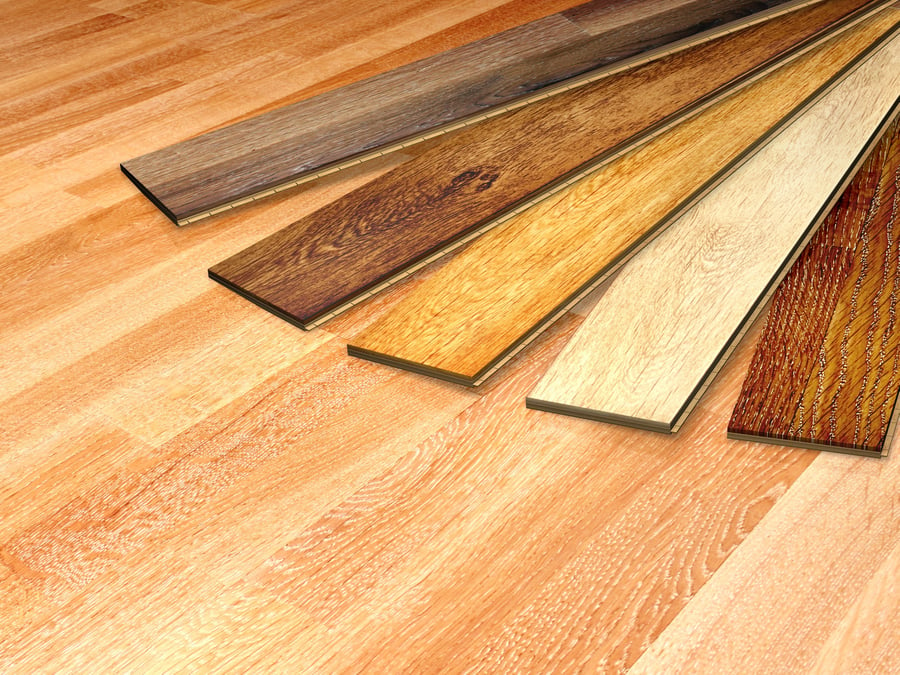Do Concrete Moisture Meters Exist?

 If you’re installing concrete as a do-it-yourself project, there are a lot of things that you have to be careful of. Improperly-installed concrete can spall, crack, or develop any number of other problems.
If you’re installing concrete as a do-it-yourself project, there are a lot of things that you have to be careful of. Improperly-installed concrete can spall, crack, or develop any number of other problems.
One of the most important factors to consider when working with concrete is the humidity conditions within the concrete itself. When concrete has too much moisture within it, it can bleed that moisture into other building materials, such as wood flooring, coatings, or structural supports, compromising their integrity.
Even concrete that “looks” dry can have a significant amount of moisture hidden away deep inside. This is why it’s important to thoroughly test concrete before building on top of it.
The ASTM-F-2170-11 standard lays out the concrete testing methodology pretty clearly for professionals, but what about DIY enthusiasts just looking to check the moisture conditions in a small concrete project?
How can a do-it-yourselfer check the moisture conditions in a concrete slab? Is there a moisture meter for concrete that can get the job done?
Unfortunately, the short answer is “no.” Currently, there is no moisture meter that can get an accurate reading of the moisture content deep in a concrete slab, especially given all the different kinds of concrete mix that are available on the market.
To measure humidity in a concrete slab with accuracy generally involves following the ASTM standard by:
- using a thermo-hygrometer with in-situ probes;
- drilling holes into concrete;
- plugging said holes with a sensor sleeve;
- allowing the holes to acclimate to the moisture conditions deep in the slab; and
- then taking a reading by connecting the hygrometer to a probe in the sensor sleeve.
It’s an involved process that requires specialized equipment.
However, there are other ways to check the moisture conditions in a concrete slab.
Using Moisture Meters to Check Concrete
Although no moisture meter will give you an accurate, quantitative reading of moisture deep in a thick concrete slab, you can use pin and pinless moisture meters to take a qualitative, approximate indication of the moisture near the top of the slab.
To check moisture in concrete with a pin meter, you can simply press the pins against the surface of the concrete and take a reading. Here, the reading you get will be solely surface-level.
Alternatively, you could use two hardened masonry nails set 3/4" apart to penetrate deeper into the concrete, and touch the contact pins of your meter to the nails. This will give you a reading deeper in the slab without trying to force your pins into the concrete.
With a pinless meter, you can press the scanning plate against the surface of the concrete and activate it to take a reading. If the surface of the concrete is especially porous or uneven, you may need to smooth it out to create a smooth contact surface for the scanning plate to maximize accuracy (uneven surfaces can skew reading results).
The issue here is that the moisture content of a concrete slab is often much lower near the surface than it is at deeper levels that are removed from exposure to the open air. Because of this, a surface-level moisture content reading can give you the impression that a slab is drier than it actually is.
So, there is no moisture meter that can give you a quick, qualitative analysis of the moisture conditions deep in a concrete slab.
However, the qualitative reading of a moisture meter may be a great tool to let you know if further, quantitative testing is required. 
Subscribe to Our Blog
Post Related

The Difference Between Wood & Concrete Flooring Moisture Meters

